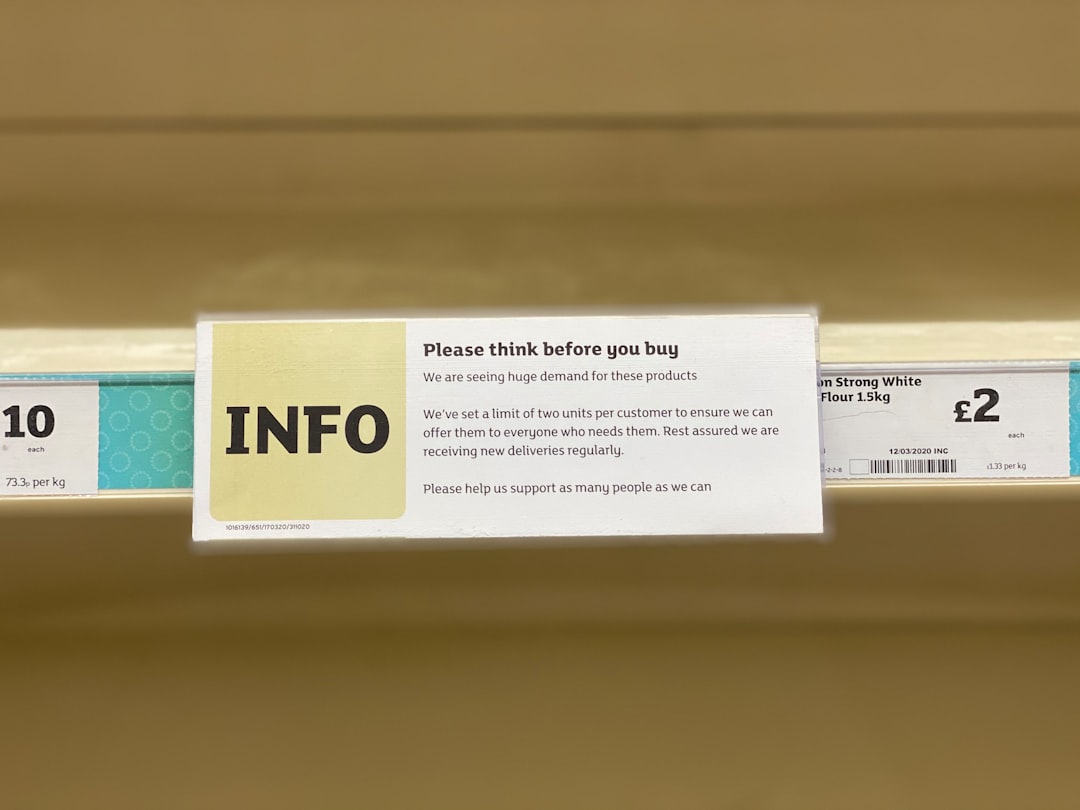In the world of international e-commerce, understanding and accurately capturing address formats can make the difference between a successfully delivered package and a frustrated customer. The United Kingdom (UK), with its unique address structure and postal codes, often causes confusion for global store owners, web developers, and logistics teams. This guide provides a clear and accessible breakdown of how UK addresses are formatted, with line-by-line examples and practical tips for improving global checkout forms.
The UK Address Format: A Basic Overview
A typical address in the United Kingdom consists of several components that must appear in a specific order to be understood and accepted by postal systems. These components often include:
- Recipient’s name (Title and full name)
- Property details (house number/name and street)
- Locality or secondary address information
- Post town
- Postcode
- Country (for international correspondence)
The UK is known for its robust postal coding system, which allows for very precise location targeting—even down to a group of houses or a single organization. This is an important element that should never be overlooked.
Line-by-Line Address Example
To illustrate the UK address format clearly, here’s how a correct address might look:
Title and Name: Mrs Amanda Green Address Line 1: 221B Baker Street Address Line 2 (optional): Marylebone City/Town (Post Town): London Postcode: NW1 6XE Country: United Kingdom
This format is recognised by the Royal Mail and ensures effective delivery. Including irrelevant fields such as “State” or mislabelled “ZIP Code” instead of “Postcode” can hinder customer experience or cause delivery errors.

Key Components Explained
1. Recipient’s Name
Begin with the full name of the recipient, including any titles such as Mr, Mrs, Dr, or Ms. This is a standard part of personal or business mail, and while often informal in e-commerce, it still helps routing in shared dwellings or large office blocks.
2. Address Line One: Building Number and Street Name
This line should always include the building number (or name if it doesn’t have one) and the street. For example, “10 Downing Street” or “Flat 7A, The Gables.”
3. Address Line Two: Locality or Sub-area (Optional)
While not always necessary, a second line can be used for extra location details like the village, district, or suburb. For example, “Kensington” or “Llanrwst” can help distinguish addresses in rural or dense urban areas.
4. Post Town
The post town is critical in UK mailing. It refers to the town (often, but not always, a city) that helps the mail sortation system. Even if the location isn’t exactly in the post town itself, it must be used in delivery addressing because it maps to regional mail sorting offices.
5. Postcode
Possibly the most vital component, the UK postcode is comprised of letters and numbers: “NW1 6XE.” Each postcode generally identifies a street segment or even a building. Omitting or mistyping this code can significantly delay or misplace mail.
6. Country
Especially for international shopping carts and global compliance, include “United Kingdom” as the final address field when orders are shipping from outside the UK.
Alternative Formats: Flats, Business Addresses, and PO Boxes
Not all UK addresses are created equal. Here are a few common variations you might encounter:
Flat or Apartment Numbers
Dr Emily Palmer Flat 8 Grosvenor Heights 83 Charing Road Bristol BS6 5NX United Kingdom
Business Locations
TechNova Ltd Attn: Accounts Department Unit 5, Olympian Park Sheffield S9 8AE United Kingdom
PO Boxes
GlobalCom Ltd PO Box 1776 Oxford OX1 9ZX United Kingdom
Note that PO Boxes typically skip specific building or street numbers. Even so, the postcode remains mandatory for all mail items and deliveries.
Optimising Your Global Checkout Form
If you’re operating a digital store or shipping interface, your checkout form must accommodate the UK’s unique address format gracefully. Here are some tips for developers and UX designers:
- Use dynamic field labels: Label “ZIP Code” as “Postcode” when “United Kingdom” is selected.
- Remove unnecessary fields: The UK doesn’t use “state” or “province,” so this field can be hidden.
- Separate first name and last name fields for personalization, but accept full name input as well.
- Allow flexible input for addresses—some may contain house names, PO Boxes, or multi-line localities.
- Include postcode lookups or validation APIs to assist users during checkout.

Common Mistakes to Avoid
To reduce customer complaints or delivery errors, be aware of these typical pitfalls when handling UK addresses:
- Incorrect field ordering: The postcode should always be below the town or city.
- Foreign terminology: Replace “ZIP” with “Postcode” and avoid asking for “State.”
- Missing post town: Without this, Royal Mail sorting may incorrectly route items or fail to recognize partial addresses.
- Ignoring flat or unit information: Often in large buildings, omitting flat numbers can cause misdelivery.
Why Postcode Precision Matters
The Royal Mail’s postcode system is one of the most advanced globally, allowing deliveries to reach highly specific destinations. For example:
SW1A 1AA → Buckingham Palace EH1 3QR → Scottish Parliament BT7 1NN → Queen’s University Belfast
This level of specificity means your form logic and validation must assume a high standard. Encourage users to double-check their postcode before submitting, or even integrate postcode lookups for autofill capabilities.
Final Thoughts
For businesses expanding into the international marketplace, especially into the UK, ensuring localized accuracy at checkout is more than courtesy—it’s a critical component of operational success. From accurate postcode usage to avoiding mislabeled forms, thoughtful design and logic around UK address formats pave the way not only for technical success but also for improved customer satisfaction.
As a general rule of thumb: if you’re unsure how a UK address should look—look at what Royal Mail recommends, or test your address entry through a real mail trial. Don’t let a misfolded form delay the start of a great business relationship.



